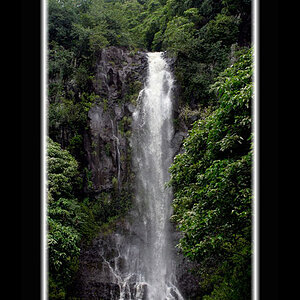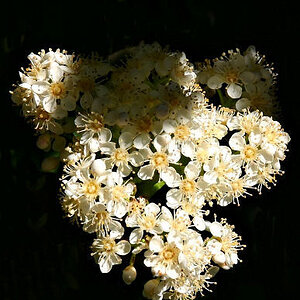GreenJelly
TPF Noob!
- Joined
- Aug 5, 2015
- Messages
- 8
- Reaction score
- 0
- Can others edit my Photos
- Photos OK to edit
I have a disability that causes a slight tremor, its impossible to stop and even bracing against my body doesn't help. When I take a picture with Auto on, it sometimes comes out blurry. It seems to happen in low light situations. My idea is that the exposure time is set too long and my shaking hands cause the camera to move and ruins the image. Given this situation, what changes should I try?
I don't have the money to buy a tripod due to lack of funds (I'm on a fixed income). I'd like to see if I can get the settings right so that when I want to take a picture without the tri-pod I can. I can take pictures just fine with camera phones and other less professional camera's, It's only every professional camera I've tried.
I know the pictures wont be perfect, but I am willing to accept good enough or better then what I get now. Right now I can't even use the camera. My understanding of Aperture and Shutter speed is limited to the basics.
Thanks,
GreenJelly!
Last edited:



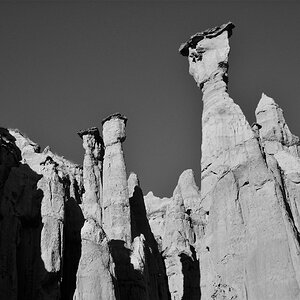

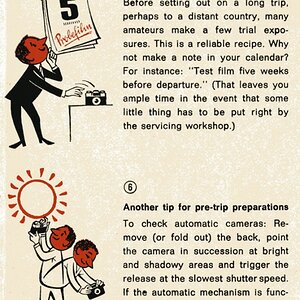
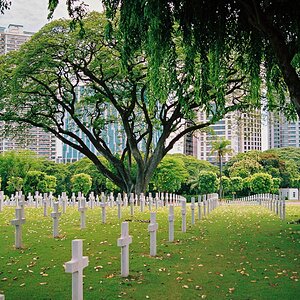
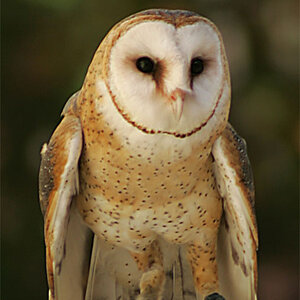

![[No title]](/data/xfmg/thumbnail/36/36675-f6965e1e6c1fa2be4ff0460e9657fe99.jpg?1619737676)
![[No title]](/data/xfmg/thumbnail/33/33338-4ae29c5eff506820d8b986c033234764.jpg?1619735908)
